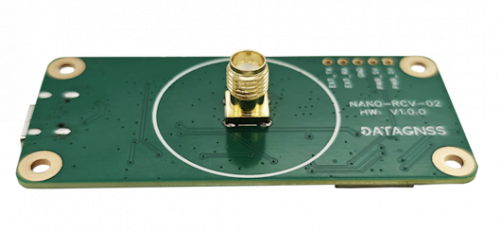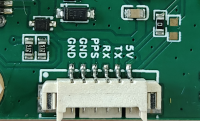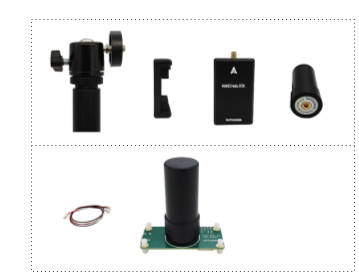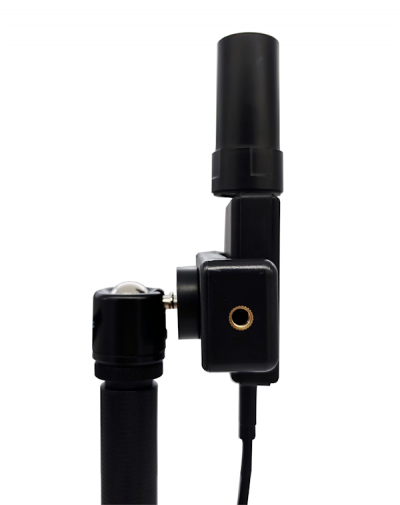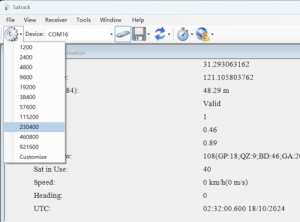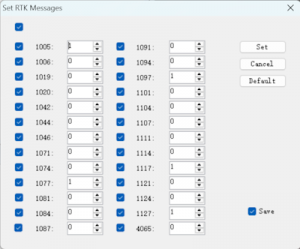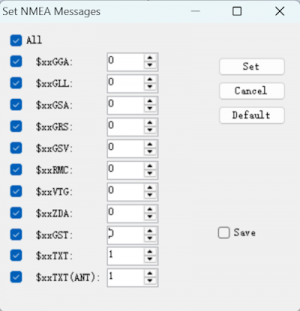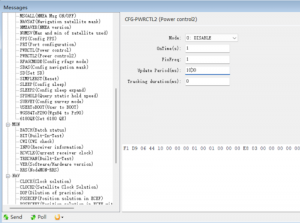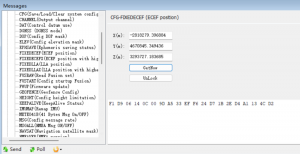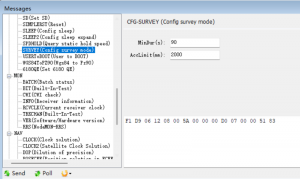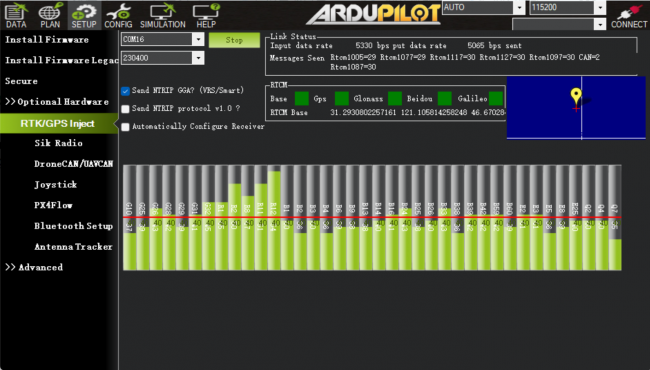Difference between revisions of "NANO Helix RTK"
| Line 68: | Line 68: | ||
NANO base and Rover(aircraft) family | NANO base and Rover(aircraft) family | ||
[[File:nano-rtk-uav-total.png| | [[File:nano-rtk-uav-total.png|500px|frameless]] | ||
(above: for ground base, bottom: rover receiver) | (above: for ground base, bottom: rover receiver) | ||
Revision as of 16:54, 24 October 2024
Overview
Key Features
- Full constellation, multi-frequency GNSS satellite receiver
- Support RTK
- Standard UART serial interface
- 26g
- High performance antenna
Specifications
Frequencies
- GPS/QZSS: L1 C/A, L5C
- GLONASS: L1OF
- BEIDOU: B1I, B2a
- GALILEO: E1, E5a
GNSS
- Allystar CYNOSURE IV GNSS SOC
- Dual core
- 3D accuracy: 1.5m CEP
- RTK accuracy: 1cm +1PPM(H), 3cm+1PPM(V)
Interface
- UART, 230400bps default
- SMA connector for antenna
- Output rate 5Hz default
- Main power supply,4.7~5.2V
Protocol
- NMEA-0183 output
- RTCMv3 input/output
Environment
- Operating temp. -20~85℃
Dimession and weight
- 55*55*12mm
- 50g (GEM1305) 26g (NANO with Helix)
Pin Map
The board is connected to the autopilot via UART interface.
Please note that the board only includes RTK and doesn't inlcude compass.
ArduPilot Setup
For example,NANO is connected to the autopilot's SERIAL4 port, it should work with :
[SERIAL4_PROTOCOL] = 5
Configuration
RTK technology requires a base and a rover, with the base placed on the ground, which is referred to as the rover on the drone.
The data from the base needs to be transmitted to the drone via telemetry radio and inputted into the RTK receiver on the rover.
NANO base and Rover(aircraft) family
(above: for ground base, bottom: rover receiver)
Base station setup
We suggest using the NANO RTK Receiver as the configuration for the base station(ground base station), which is more convenient and user-friendly.
Connect the NANO RTK Receiver to your Laptop via USB.
Setup the NANO RTK Receiver as a base station, and it is recommended to use Satrack software.
1. Open Satrack, then choose the com port, baud rate then connect the nano-rtk-rcv.
2. Enable RTCMv3 output
3. Disable NMEA data output
4. Config output rate to 1Hz
In base station mode, the RTCM data output rate must be set to 1Hz.
5. Config the base station fixed coordinates
There are two methods to set the coordinates of the base station:
5.1 According to the diagram below, Input the known coordinates.
Press "Get now", and modify the coordinates to the known values, then "send" to apply the fixed coordinates.
5.2 According to the CFG-SURVEY method, config miniDuration and AccLimit, then automatically calculate the average before proceeding with the setup.
After completing the above operation, you can save the current configuration with CFG-SAVE.
6. After above configuration, open Mission Planner
7. Finish other configuration in Mission Planner
Rover station (Aircraft) setup
For drones, NANO RTK Receiver can be chosen as the Rover for RTK.
- Please note that NANO RTK Receiver supports Ardupilot starting from V3.0.
You need to confirm in the Satrack software that all RTCM data outputs are disabled and all NMEA outputs are enabled.
In Rover mode, the output rate must be set to 5Hz.
Note: NANO RTK Receiver do not support safety switch, so BRD_SAFETY_DEFLT needs to be set to 0 or a separate safety switch should be connected to the flight controller.
After completing the above settings, you can write parameters to the flight controller.
Package List
- NANO Helix RTK Receiver
- USB Type C
- DG-6P-C01,GH-1.25mm-6P cable
